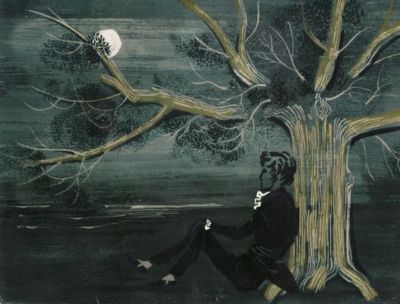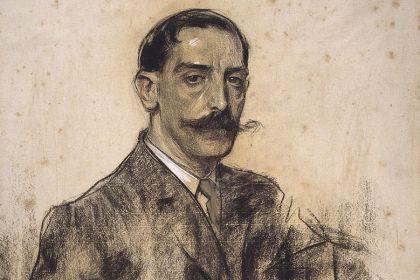PIANO
Ständchen from Schwanengesang serenade as Schubert's last testament

Schubert's Ständchen LP cover
Originating in Europe in the Middle Ages, the serenade (ger. ständchen) is a love song composed for one vocal line and a simple accompaniment often played by the singer. During the Classical and Romantic eras, the genre underwent tectonic changes producing instrumental works composed in multiple movements for a symphony orchestra.
Nevertheless, all five serenades written by the influential Austrian composer Franz Schubert are love songs adapted from poems by his contemporaries Gabriele von Baumberg, Ludwig Rellstab, and Franz Grillparzer, though he did use Shakespeare's work as well, and one of the poems was allegedly written by Schubert himself.
In the 20th century, classical music took on new forms under the influence of impressionism, modernism, and the avant-garde movement which—together with the invention of sound recording and the emergence of popular music—forever changed the landscape of the genre, pushing popular song forms of the Romantic period into the background.
So it comes as no surprise that few have heard of Schubert's serenades with the exception of Ständchen which appeared in his song cycle Schwanengesang. It was published in 1829 shortly after the composer's death and is considered to be his last testament. Thanks to the instrumental transcription for solo piano arranged by Franz Liszt, Ständchen from Schwanengesang has become one of Schubert's best-known melodies, equally adored by pianists and listeners alike, and revered by many as a symbol of Romanticism itself.
Listen to Liszt's piano arrangenment of Schubert's Ständchen performed by Sergei Rachmaninoff:
Originally, Ständchen from Schwanengesang used Ludwig Rellstab's poem of the same name in which the narrator pines for his beloved in the dead of night, silently imploring her to come to him and make him happy.



